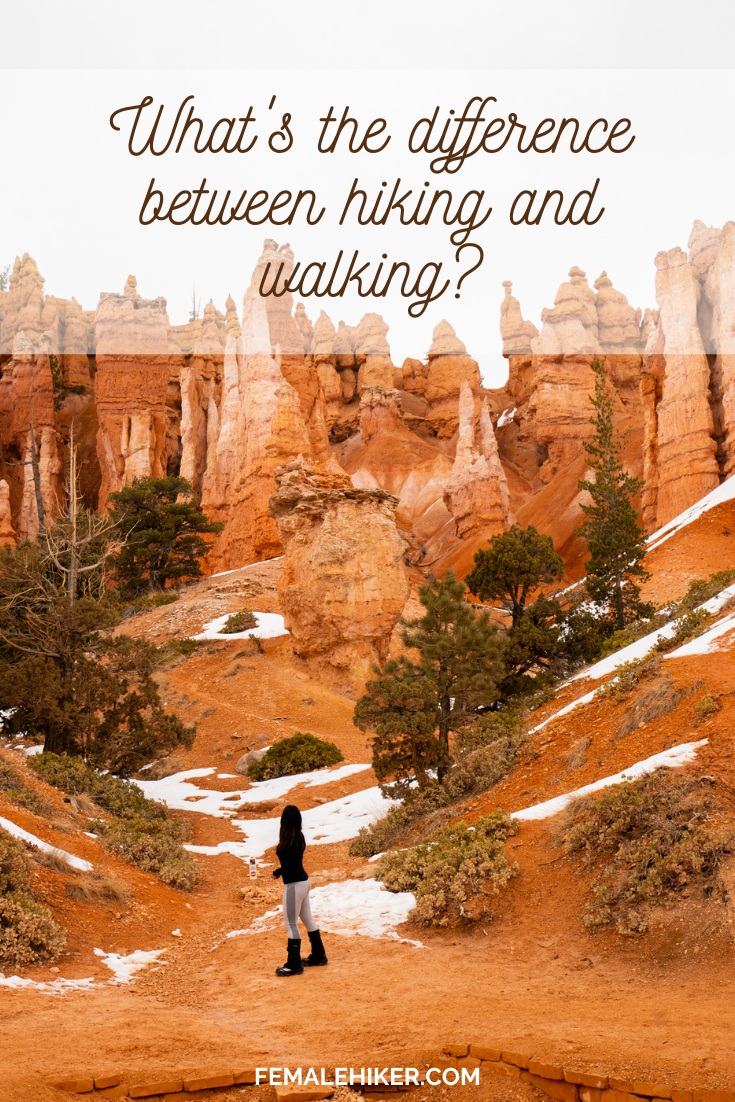
Hiking and walking are two of the most effective exercises. These two activities can improve your cardiovascular endurance, strengthen the leg muscles, and offer other health benefits. But is hiking any different from walking as both involve traveling by foot over some distance? Is there a difference between hiking and walking that warrants the use of different words? Let us find out.
Difference between hiking and walking
When I first started hiking, I was a little confused at what someone meant when they said they want to go hiking versus just going for a plain walk. And to be honest I would be sometimes unprepared because what I thought was going to be a nice walk ended up being a much longer hike! I’ve explained the difference between hiking and walking below.
And keep reading for some suggestions on beginner hikes in California, as well as some recommended gear for going on a hike!
What is Hiking?
Hiking involves a vigorous walk over a long distance, often on countryside footpaths and trails. The earliest use of the term was in 14th-century Europe, describing the activity as walking for recreation. It is possible that hiking developed much earlier, as far back as the 3rd-century when pilgrims walked over great distances to reach sacred places and offer their prayers or perform other rituals.
But nowadays hiking is most generally the term we use when we are walking along paths, trails, rocks, etc. Essentially anything that is more than a paved trail and typically requires more gear like a backpack, water bottles and poles.
What is Walking?
Walking needs no description. Everyone who has two feet, good coordination, and balance can walk.
As an activity, walking entails moving on flat terrain over a short distance. The location also helps define the activity. People walk mostly on city streets or any flat and open space in an urban environment.
Europeans always ‘walk,’ even if it means covering several miles over rocky or uneven terrain. It is only in the US and most of North America where walking limits its use to short, casual movements on foot.
And of course my most common use case for walking is when I say I go walk the dogs 🙂
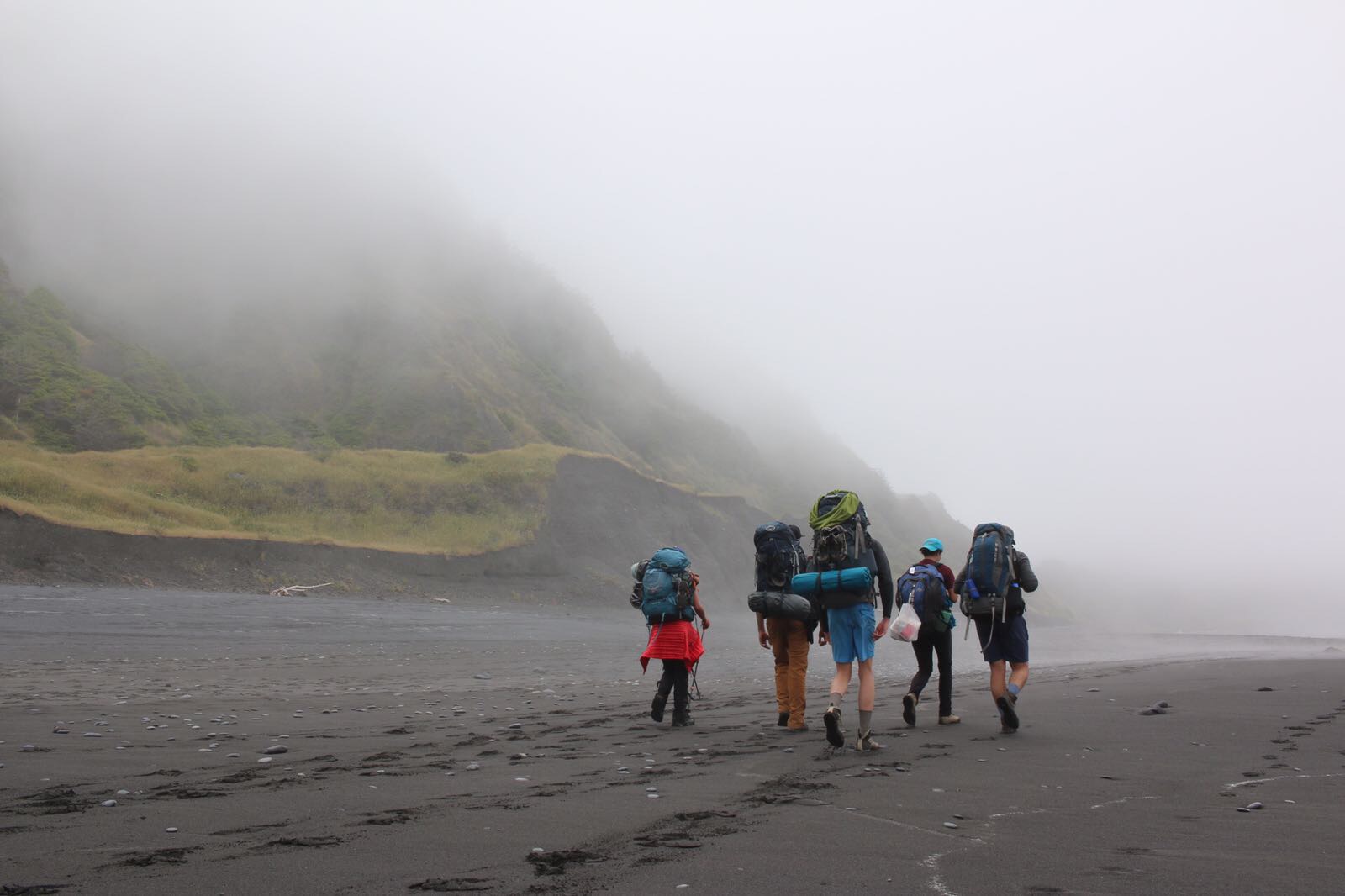
Ok so what is the Difference between Hiking and Walking?
Let’s break out what it means to be hiking versus walking so when someone asks you to go on a hike, you’ll know what to expect
Elevation
Walking generally occurs on flat paths, while hiking often occurs in areas of high elevation. It can include hills and mountains. Sometimes you can drive up to the top of a hike, and the hike is spent going down the mountain. I generally think of hiking if it is anything above 500 ft in elevation change. But often times hiking can be on a no elevation gain surface too – if it has any of the other characteristics below.
When I think of walking, I’m thinking of walking my dog, walking with some friends, walking on a lunch break. It is also possible to walk in an elevated location, such as the hills of San Francisco 🙂
Distance
There is no exact cutoff distance to differentiate walking from hiking. However, most outdoor adventurers agree that a trail should be at least two miles long to hike. If it is less than this distance, the activity is only walking. With that said, I’ve definitely walked all around the city before and spent miles doing so.
As you can tell, there aren’t really hard and fast rules for each characteristic, but it’s more like once you evaluate everything combined, is it more hiking or walking? You may have to consider other factors. For example, if you move over a hilly terrain, navigating obstacles like boulders, waterfalls, along the way, most people would also consider it a hike.
Terrain
Hiking almost always involves walking on uneven terrain. It can be rocky, dusty, and unpaved, complete with boulders, rocks, twigs, bushes, and other natural elements. The terrain can be on the more dangerous side, or not. What is clear is that hiking terrain is always away from urban and suburban area – for example a sidewalk would be considered walking.
On the other hand, the terrain for walking is mostly paved or cemented roads. You can see these on alleyways, city passages, walkways, pedestrian infrastructures, and others. Your local park is likely more of a walking environment, because you are walking on paved paths throughout the park.
Walking terrain is always flat, although it depends on the location’s unique geographic features. For example, you can walk on the famed undulating streets of San Francisco. It will still be walking instead of hiking. You can also walk on a treadmill and on gravel or sand, such as what you do on the beach.
Environment
The best place to hike is any outdoor, natural environment. You can hike in mountain trails or pathways in hills. The desert and the forest are also natural places to hike. It makes hiking a better experience because you get to appreciate the wonders of Mother Nature. I especially love breathing the fresh air!
The easiest way to tell the difference between hiking and walking can be the environment. If you are in a state park, national park, basically outdoors where you hear more birds than cars & honking, it’s a safe bet that you are hiking!
On the other hand, walking can be anywhere. It can be in the city or the natural environment. For example, you can walk on grassy fields over short distances and relatively flat terrain. You also walk in malls, amusement parks, and city streets.
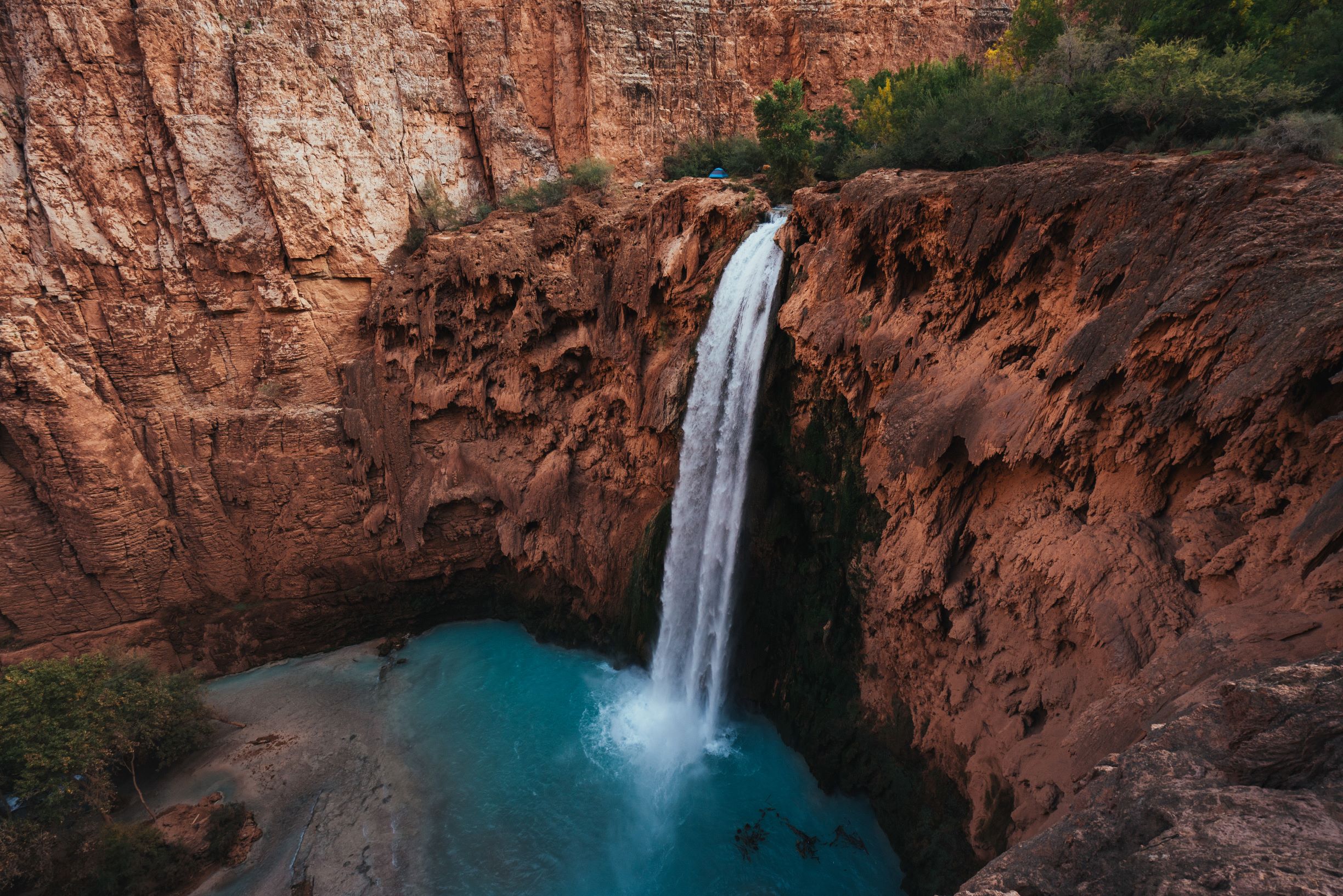
Gear Requirements
Walking requires a comfortable pair of rubber-soled walking shoes. Your footwear should be comfortable enough to take your weight while absorbing the impact forces when your feet strike the ground.
Hiking requires more specialized gear. You should not wear Converse or flip flops, for example, for hiking a trail. Hiking shoes or boots are a must-have for any serious hiker. And at the minimum running or other athletic shoes!
If you hike in an icy trail, crampons attached to your hiking boots are crucial. I’ve seen a lot of people slip down icy trails before and it is not fun – trust me! It would also be best to have hiking poles if you are going up a good amount of elevation. Poles can be especially helpful going down if you have a history of knee injuries. Even if you don’t, it’s great to protect your knees in general!
See some gear recommendations below..
Energy and Effort Required
The elevation and uneven terrain of a hiking trail require more significant effort. You’ll in general burn a lot more calories from hiking because you are going up uneven terrain, elevation, you might be carrying a heavy backpack, and it’s likely longer!
What this really means though is that you should be prepared with snacks and food.
Some of my favorite snacks are: Kind Bars, Bananas (before the hike), Beef Jerky if I’m craving something salty. Make sure you have enough snacks for your hike! And of course don’t forget to pack enough water. Bring more than you need if it is a hot day, or if it is your first time. You will never regret packing extra water but you will regret not packing enough water.
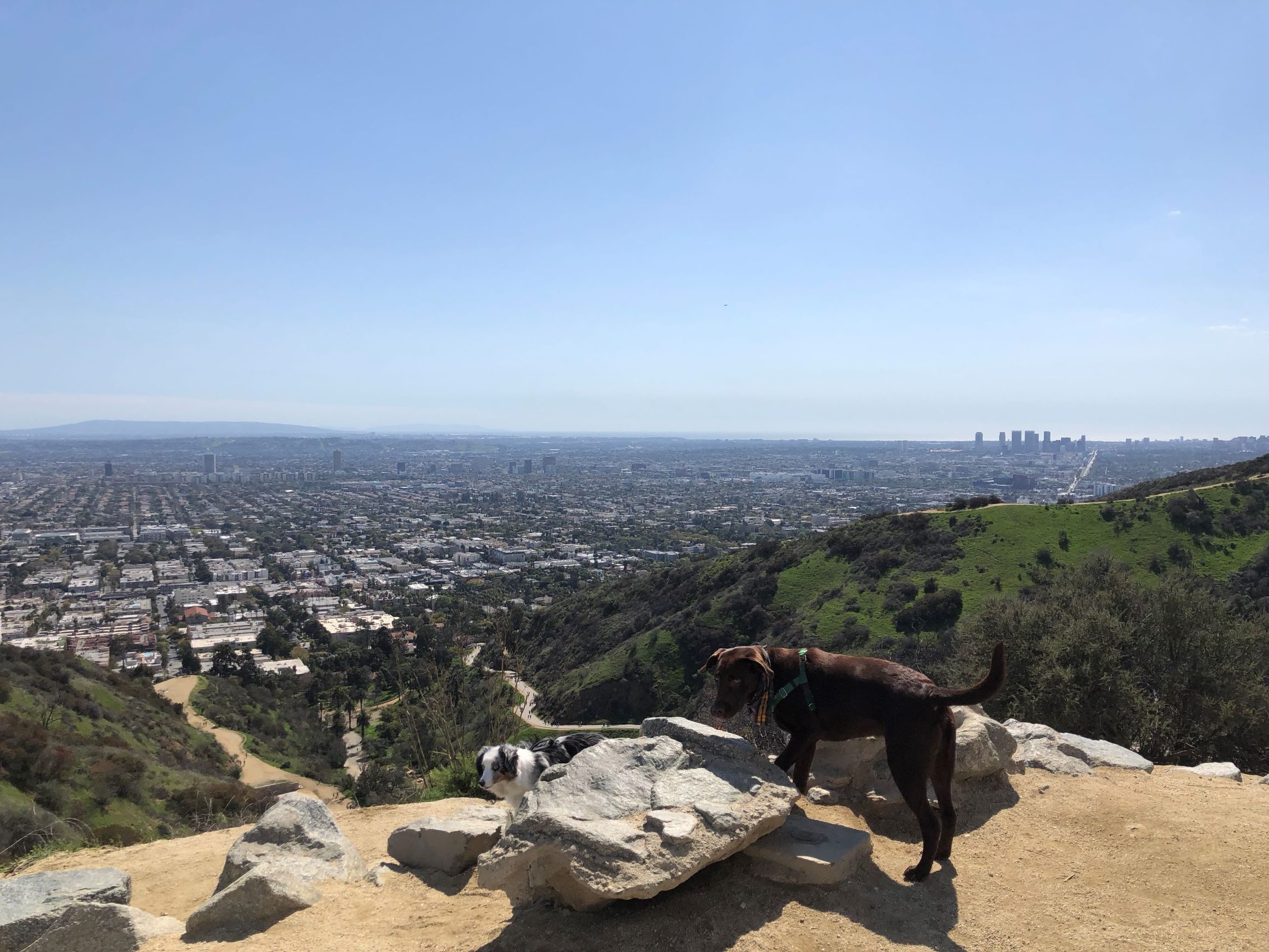
What are Some Good Beginner Hikes in California?
Now that we’ve covered the difference between hiking and walking, we should definitely cover some of the best hikes in California! These are all SoCal focused so apologizing for that in advance. But I can tell you that all 3 of these hikes are great beginner hikes in LA and beyond. The best part is they are also dog friendly!
- Castle Rock Trail
- Length: 2.6 miles
- Location: Big Bear Boulevard, Big Bear Lake
- Dog Friendly: Yes
- When to Hike: Late Spring, Summer and Fall are the best when the snow has melted!
- Description: Hike through a trail that weaves through magnificent pines and gorgeous boulders, spotting small critters now and then. The mesmerizing view of Big Bear Lake is a fitting finale to an awesome hike
- Runyon Canyon Park
- Length: 0.85 to 3.3 miles
- Location: Los Angeles
- Dog Friendly: Yes
- When to Hike: The good thing about LA is that Runyon is great year round. It does get a little hot in the summer and there is no shade, but it’s a great hike overall
- Description: The LA skyline is more stunning and beautiful when viewed at the top of this trail. Hike at sunset, and you will discover why the world considers LA as one of its most beautiful cities.
- Eaton Canyon Falls Trail
- Length: 3.5 miles
- Location: Pasadena
- Dog Friendly: Yes but may be tricky on the rocks
- Description: With a mesmerizing waterfall that drops from 40 feet into a wide pool filled with swimsuit-wearing hikers, this is one of the most popular California trails for beginner hikers. It’s a little more fun and adventurous as there are more rocks and some scrambling.
Are you interested in good beginner hikes outside of California? Check out my collection of easy hikes here!
What gear do I need for hiking?
Now that you know the difference between hiking and walking, let’s discuss what type of gear you need. We discussed this a bit above, but the gear completely depends on where you are hiking.
For sunny day hikes on a well-marked trail, I would suggest this at a minimum:
- Osprey 36L Sirrus Pack and rain cover or Topo Designs Mountain Pack (similar here): A backpack is the most essential item you’ll need on here!
- Leki Corklite Trekking Poles : Definitely optional but good if you have bad knees for descending down elevation. I personally bring hiking poles on almost every hike with me
- Hoka One One shoes: Those who follow me know that I ditched my hiking boots a couple of years ago. Shoes are very personal and you should definitely wear what is best for you, but I love having a lighter shoe with cushion on the bottom so my feet don’t hurt. Hoka One Ones are perfect!
- MSR Dromlite 2L: Ok most people will go with a plain water bottle, but this is my favorite drom bag, have had it over 8 years and it’s holding up great. I prefer drom bags because you can just drink from your pack without taking the bottle out, which I personally find a lot more convenient. It is all personal choice though 🙂 A water bottle is more flexible for if you are walking and not hiking, for example
If it’s winter, the one thing you will really need on top of warm clothes (hint: not cotton) is crampons if it is icy. I go to National Parks like Bryce Canyon National Park in the winter and never fail to see those people who think they can get away hiking in Uggs, Vans, or other shoes that don’t have good traction. You will slip and fall and it will hurt!
Ok so summarize that again.. what’s the difference between hiking and walking?
Ok! That was a lot. But if I can summarize the main difference between hiking and walking, it is a combination of differences in terrain, gear requirement, distance covered, and effort.
Another way to put it is that hiking is for enjoying Mother Nature and all of her elements – whether it be rocky terrain, gusting 50mph winds, or sweat and more sweat. I see walking as the more casual cousin of hiking – it is a human instinct after all! I hope this helps set expectations when one of your friends asks you to go on a hike. And most importantly I hope this blog post helps you get into hiking. I really love hiking as you can tell but it hasn’t always been this way.
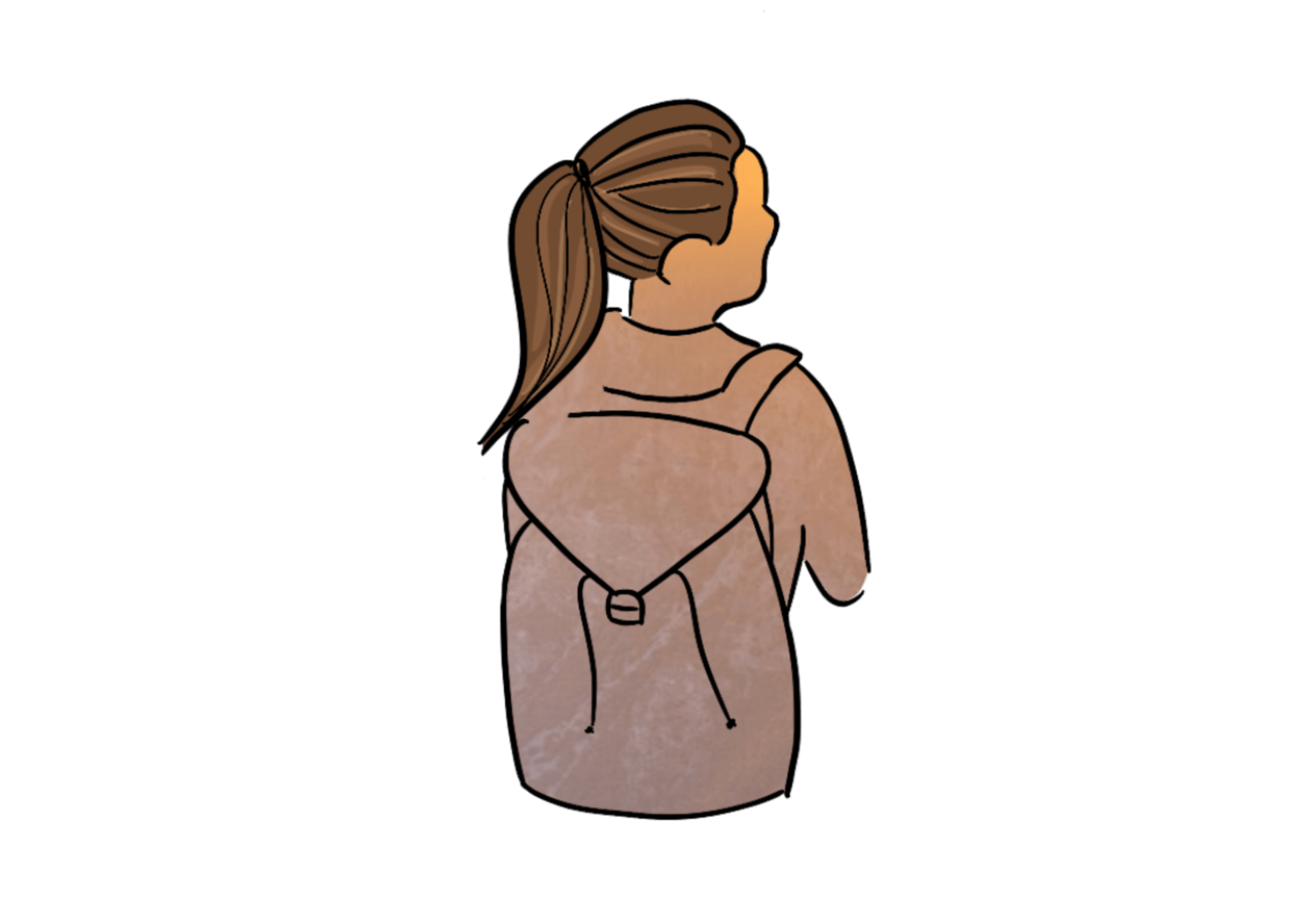
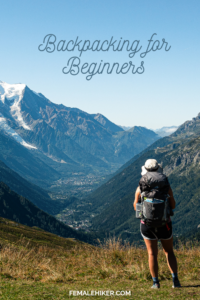
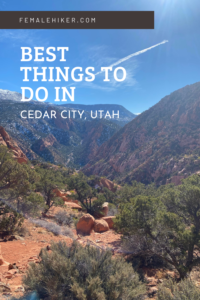
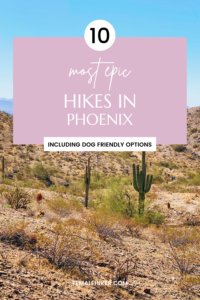
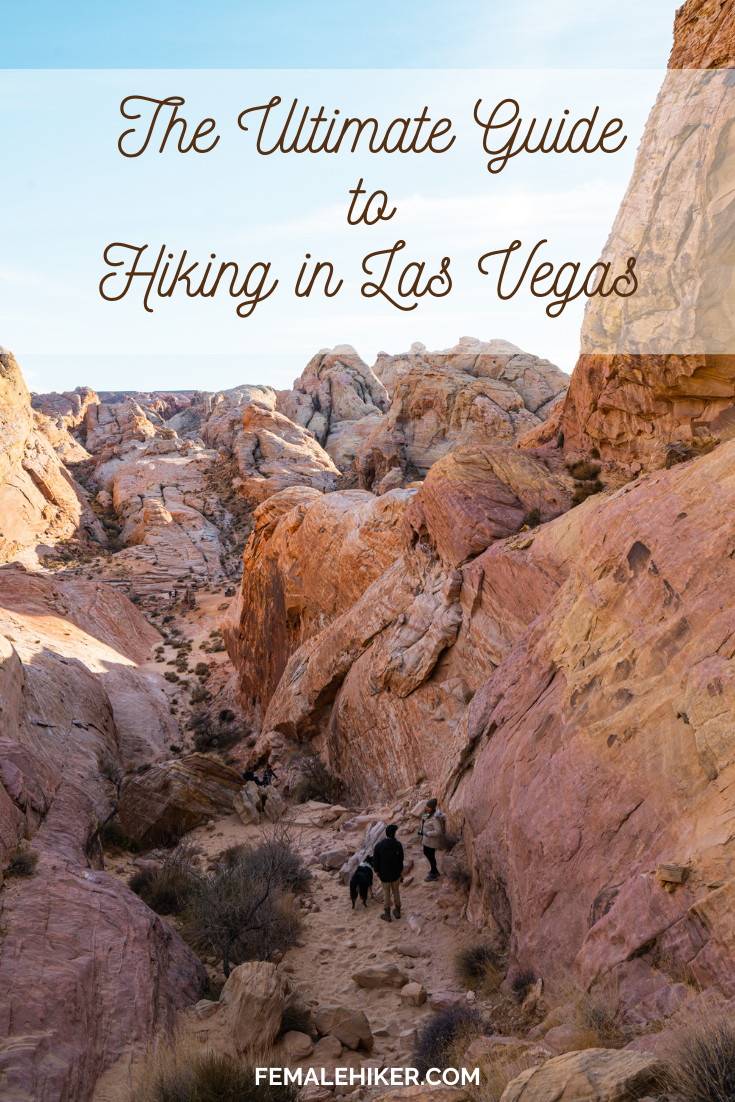
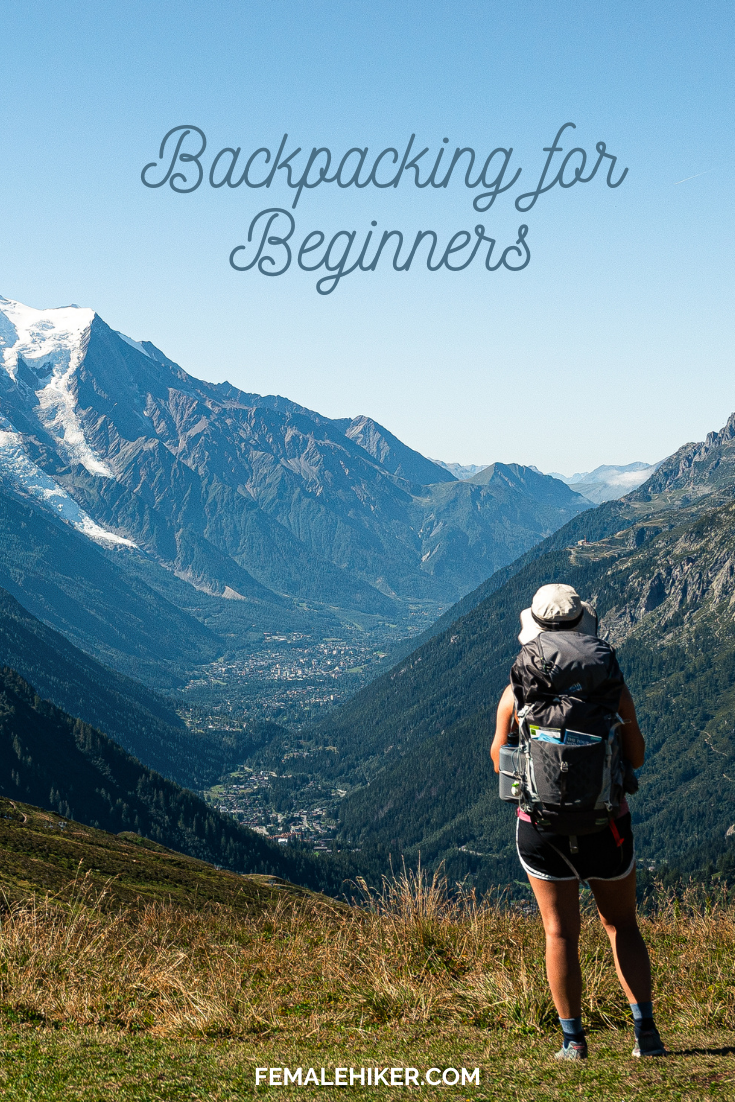
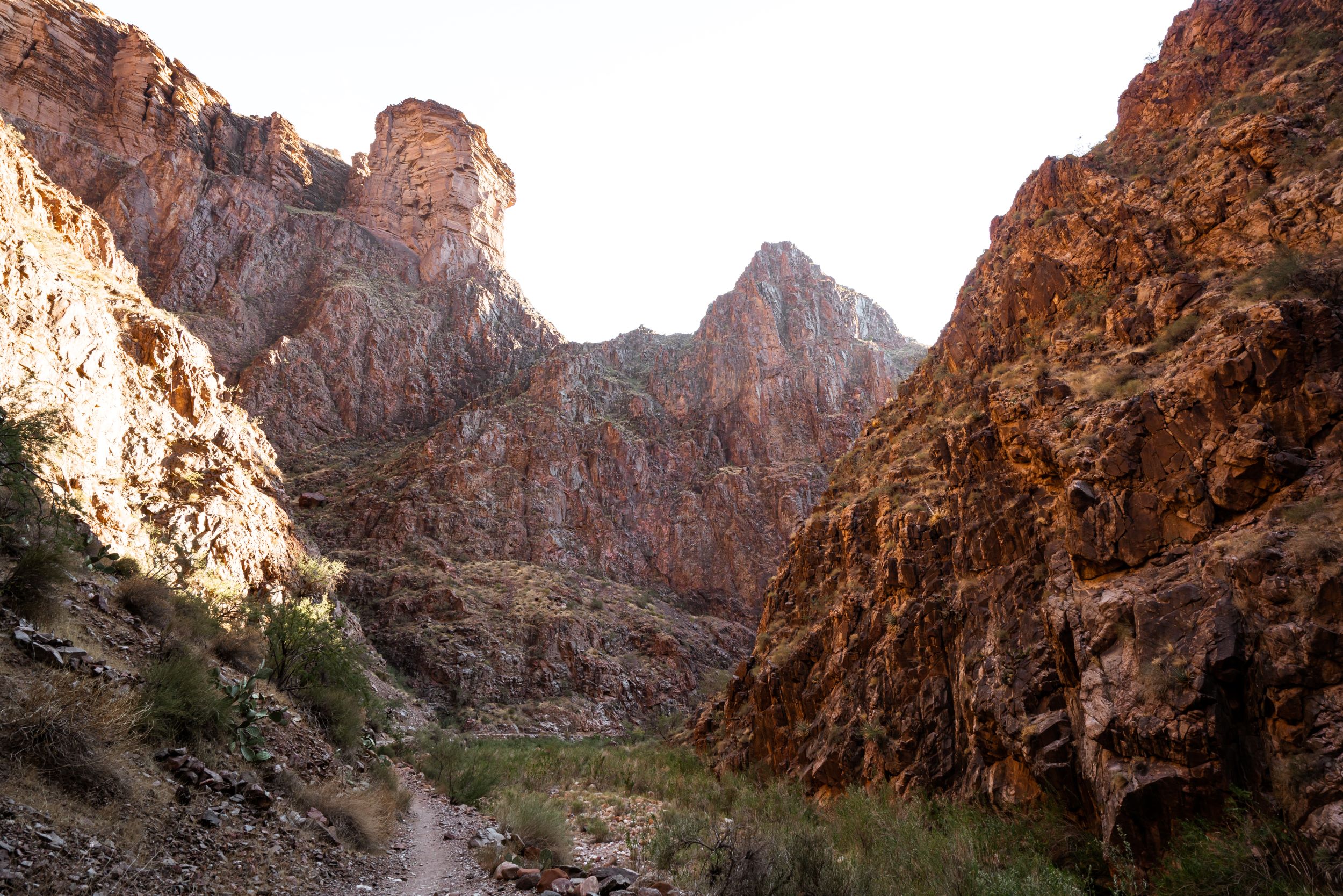
4 Comments
How does one differentiate climbing mountain peaks versus hiking? In Europe, climbing peaks is way more common than hiking on even terrain.
Thank you for explaining this so well. I love to walk, but also wander in the hiking trails some. Would love to begin more hiking.
Woooooooow